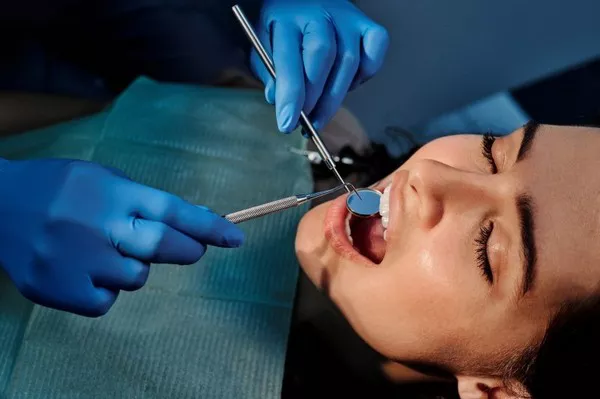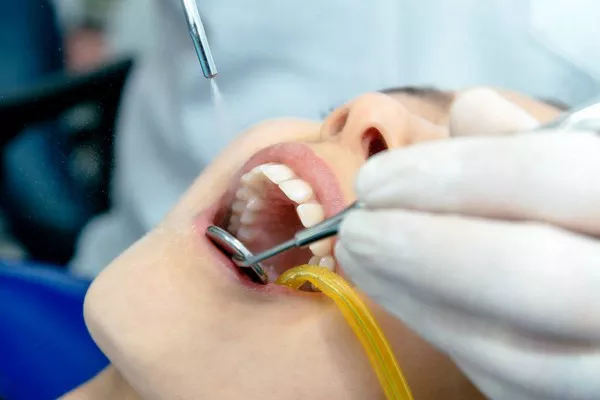Cavity fillings are a common dental procedure used to treat tooth decay and restore the structure and function of a damaged tooth. While many people may have concerns about the duration of the procedure, it is generally relatively quick and straightforward. In this article, we will explore the process of cavity fillings and provide insight into how long the procedure typically takes.
Understanding Dental Cavities
Before discussing the duration of cavity fillings, it’s essential to understand what dental cavities are and why they require treatment. Dental cavities, also known as caries or tooth decay, occur when bacteria in the mouth produce acids that erode the enamel, creating small holes or cavities in the teeth. If left untreated, cavities can progress and cause further damage to the tooth structure, leading to pain, infection, and eventual tooth loss.
The Cavity Filling Process
Initial Examination:
The first step in the cavity filling process is a thorough examination by a dentist. During this examination, the dentist will assess the extent of the decay and determine the appropriate treatment plan. This may involve taking dental X-rays to evaluate the extent of the decay and identify any underlying issues.
Anesthesia Administration:
Before beginning the cavity filling procedure, the dentist will administer local anesthesia to numb the affected tooth and surrounding area. This ensures that the patient remains comfortable and pain-free throughout the procedure.
Cavity Preparation:
Once the tooth is numb, the dentist will use a dental drill or other instruments to remove the decayed portion of the tooth. This process involves removing the decayed tissue and shaping the cavity to prepare it for the filling material.
Filling Placement:
After the cavity is prepared, the dentist will place the filling material into the cavity to restore the tooth’s structure and function. Common filling materials include amalgam (silver-colored), composite resin (tooth-colored), gold, and porcelain. The dentist will carefully sculpt and shape the filling to ensure a proper fit and bite.
Curing and Polishing:
For certain types of fillings, such as composite resin fillings, a special curing light may be used to harden the filling material and bond it to the tooth. Once the filling is cured, the dentist will polish it to smooth out any rough edges and ensure a natural appearance.
Final Assessment:
After the filling is placed and polished, the dentist will assess the fit and appearance of the filling to ensure that it meets the patient’s needs and expectations. Any necessary adjustments will be made before the patient leaves the dental office.
How Long Does a Cavity Filling Take?
The duration of a cavity filling procedure can vary depending on several factors, including the size and location of the cavity, the type of filling material used, and the individual patient’s needs. However, in general, a cavity filling procedure typically takes between 20 minutes to an hour to complete.
Small Cavities: For small cavities that require minimal preparation and filling, the procedure may take as little as 20 to 30 minutes to complete. These cavities are usually shallow and can be filled quickly with minimal discomfort to the patient.
Moderate to Large Cavities: Larger cavities that require more extensive preparation and filling may take longer to complete, typically between 45 minutes to an hour. The dentist may need to remove more decayed tissue and carefully shape the cavity to ensure a proper fit for the filling material.
Multiple Cavities: If a patient has multiple cavities that need to be filled during the same appointment, the procedure may take longer to complete. The dentist will prioritize the treatment of the most urgent cavities and may schedule additional appointments to address the remaining cavities.
Conclusion
Cavity fillings are a common dental procedure used to treat tooth decay and restore the structure and function of damaged teeth. While the duration of a cavity filling procedure can vary depending on various factors, including the size and location of the cavity, the type of filling material used, and the individual patient’s needs, it is generally relatively quick and straightforward. By understanding the cavity filling process and what to expect during the procedure, patients can approach dental treatment with confidence and achieve optimal oral health. If you have concerns or questions about cavity fillings, be sure to discuss them with your dentist for personalized guidance and care.
Can A Tooth Filling Get Infected
Can You Eat After A Root Canal Filling
Why Does My Tooth Hurt So Much After a Filling?































